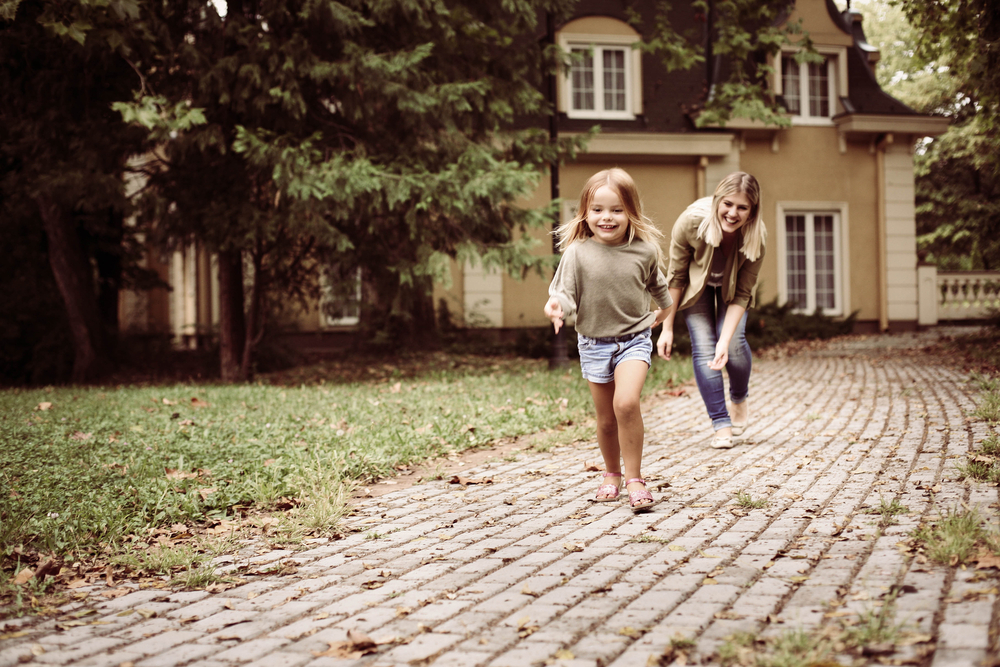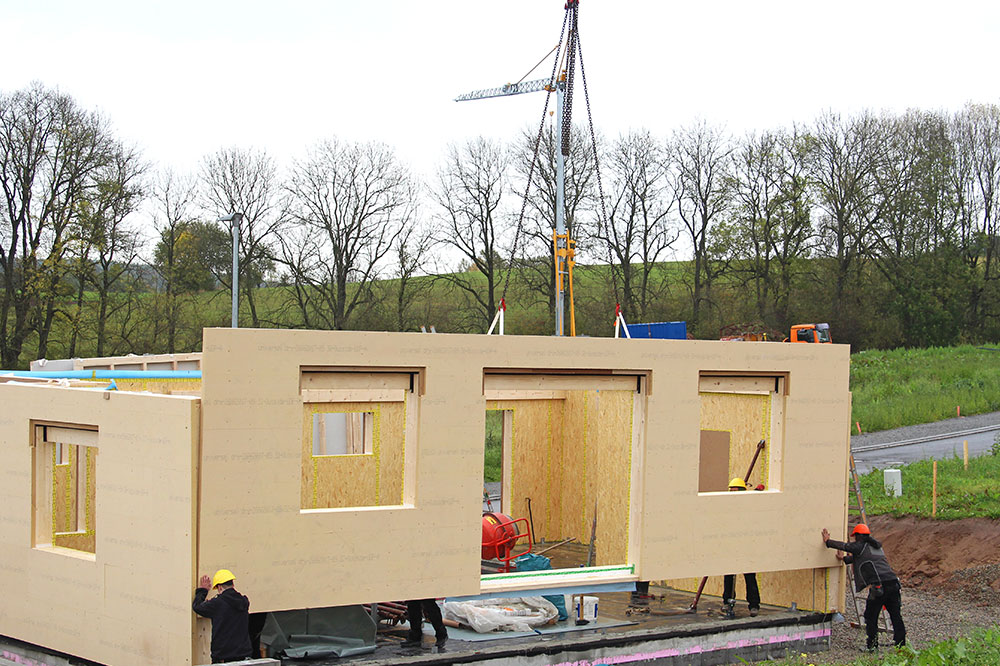Guide to Rural Detached Homes
Discover the essentials of rural detached homes, including their features, advantages, drawbacks, and ideal locations. Learn how these standalone residences suit families seeking privacy, space, and independence, and understand the factors influencing their design and placement in suburban and rural areas.

Guide to Rural Detached Homes
Rural Detached Homes A detached house is a standalone residence designed for single families. These homes are often built to offer ample space, making them ideal for larger households, but they also suit smaller families seeking more room. The owner typically resides in the property. Such homes vary greatly in style and are commonly found both in rural areas and suburban neighborhoods.
Understanding Detached Homes
They are free-standing structures with open land on all sides.
Designed for single-family occupancy.
Shared walls are minimal or nonexistent, though some may share a wall with a neighboring property.
What defines these homes?
They are independent houses with exclusive access to streets.
Each home has its own utilities such as water, heating, and hot water systems.
Some regions permit basement suites within these homes.
This excludes temporary accommodations like hotels, motels, or large rental complexes such as apartments.
Typically, these homes are sizable and built on substantial plots.
Garages are usually positioned near the street for convenience.
Historical context of detached homes
Historically, people lived in multi-family dwellings for convenience and sharing resources.
Families often stayed in their homes until significant life changes occurred.
Children remained at home until adulthood or marriage.
Extended families frequently cohabited for support and resource sharing.
This approach minimized construction costs and environmental impact.
Moving to a new home was common upon buying other properties.
Reasons for developing detached homes
The rise of nuclear families living independently spurred construction of these homes.
Better living standards and desire for privacy contributed to this trend.
The preference for open spaces and larger properties differentiates them from European close-knit villages.
Typical locations for detached homes
Most are situated in rural or suburban regions.
They are mainly owned by high-income, low-density communities.
Their design varies from small cottages to luxurious mansions based on budget and laws.
Size, layout, and materials depend on regional preferences and individual choices.
Pros and cons of detached homes
Advantages include:
Privacy due to open space around the residence.
Potential for expanding living areas if permitted by zoning laws.
No shared ownership fees like condos or townhomes.
Wide-open spaces suitable for outdoor activities and landscaping.
Lower per-square-foot costs due to land affordability.
Enhanced privacy and freedom for customization.
However, there are disadvantages:
You handle all maintenance and repairs yourself.
Facilities like pools need personal investment and upkeep.
Higher heating costs in winter compared to shared-wall buildings.
Likely reliance on personal transportation over walking or public transit.
Greater energy consumption and environmental impact.
Requires large land plots that might otherwise serve agricultural or community purposes.
Ideal locations for detached homes
Owning a detached home, often with a white picket fence, is a symbol of the American Dream.
Commonly located in suburban outskirts near cities.
Found in gated communities and developing nations.










